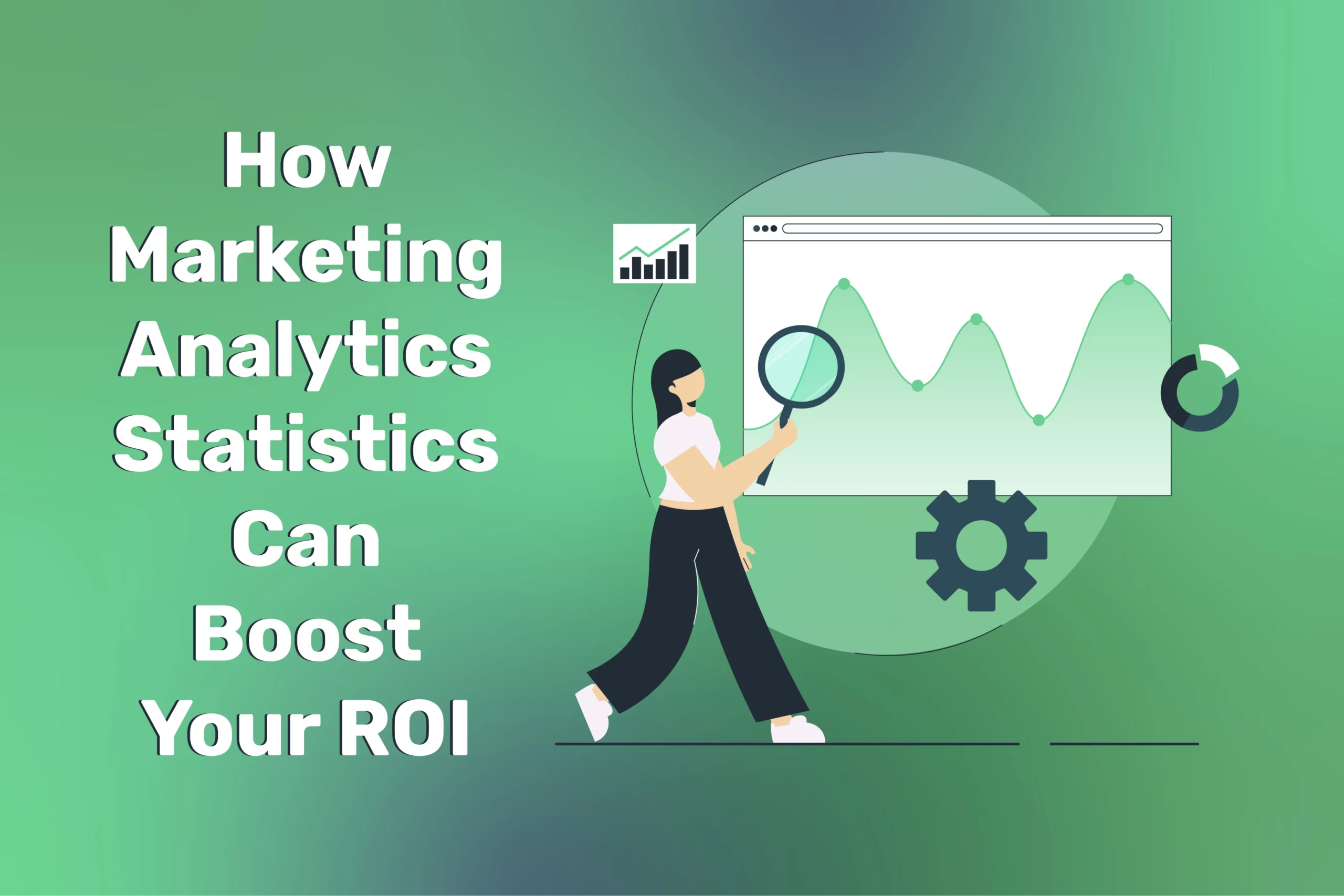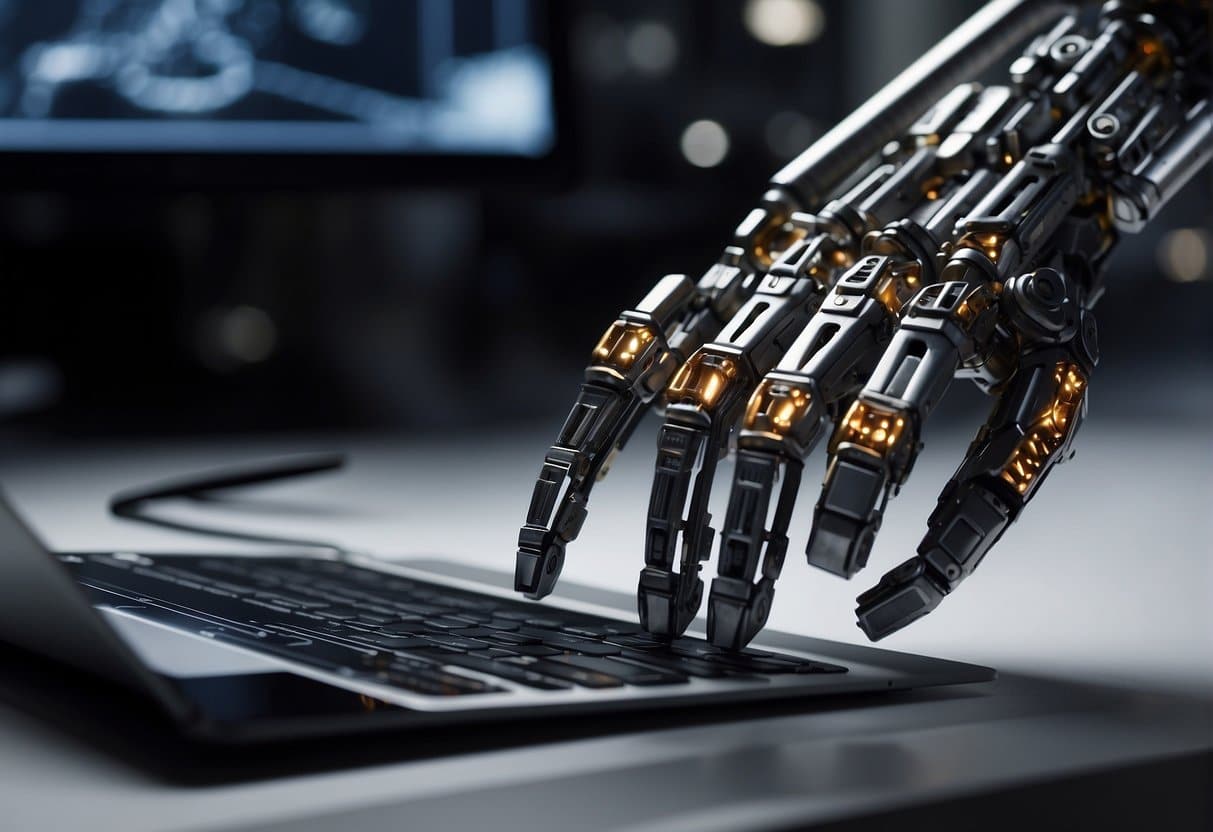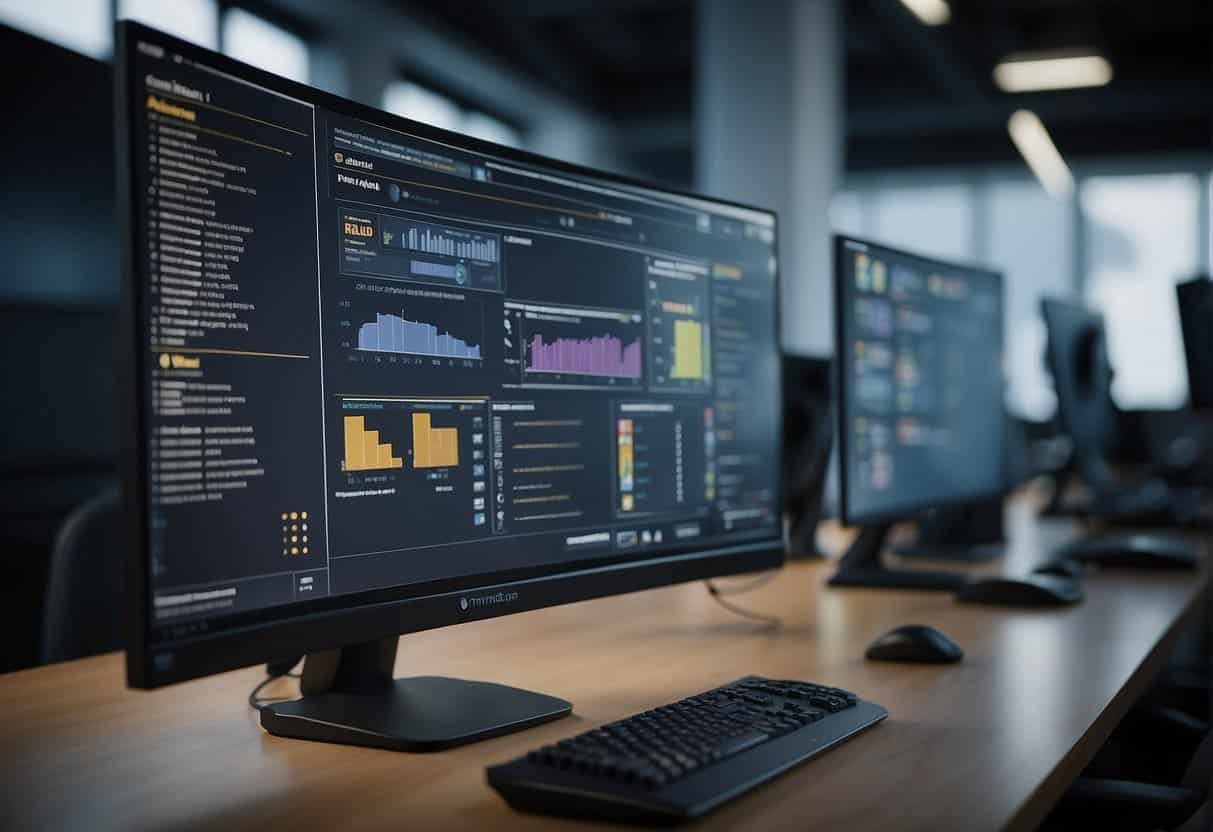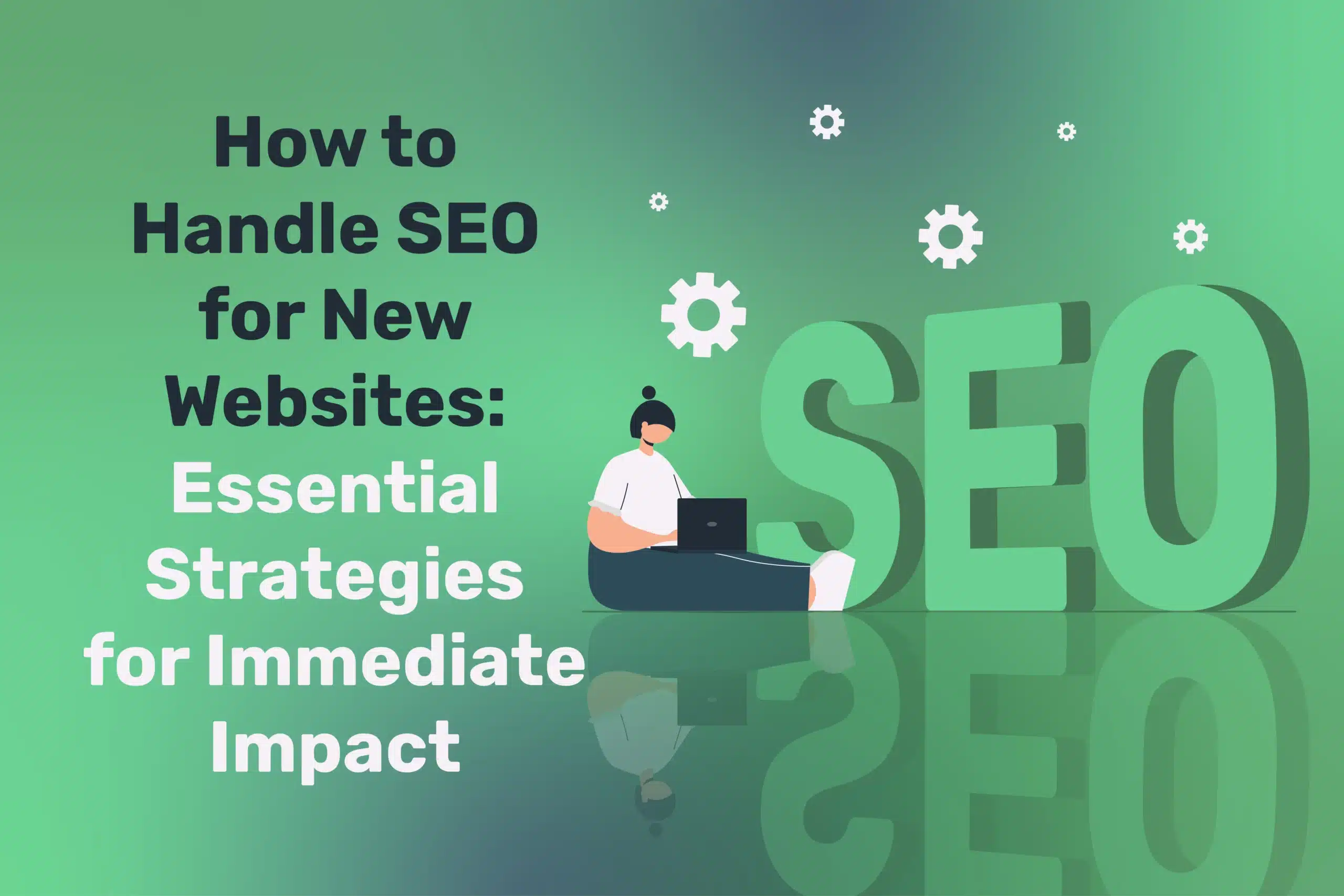
Text-to-Image AI: Generating Unique Visuals with Midjourney, Stable Diffusion, and Adobe Firefly
Table of Contents
The creative landscape has been fundamentally transformed by text-to-image AI technologies, which have rapidly evolved from experimental research projects to accessible tools used by professionals and enthusiasts alike. Solutions like Midjourney, Stable Diffusion, and Adobe Firefly now enable users to generate sophisticated artwork, concept designs, and marketing visuals using nothing more than descriptive text prompts.
These powerful tools serve diverse needs across multiple industries: marketers creating campaign visuals, designers exploring concepts, artists seeking inspiration, and businesses developing brand assets. While Midjourney and Stable Diffusion pioneered accessibility in this space, Adobe Firefly’s entry—with its emphasis on commercial safety and integration with professional creative workflows—signals the mainstream adoption of generative AI in visual design.
This comprehensive guide examines the leading text-to-image platforms, provides detailed prompt engineering strategies, offers advanced implementation techniques, and addresses important considerations around ethics, copyright, and brand consistency when incorporating AI into visual creation workflows.
The Evolution of Text-to-Image AI Technology
Text-to-image AI technology has rapidly evolved from generating basic pixelated visuals to producing highly detailed, photorealistic images. This transformation is driven by advancements in deep learning, generative adversarial networks (GANs), and diffusion models.
Technical Foundations and Development
The journey from early experiments to today’s sophisticated generative systems has been marked by several breakthrough innovations:
GAN Architecture Beginnings: Early text-to-image systems relied on Generative Adversarial Networks (GANs), where two neural networks—a generator and discriminator—worked in opposition. These systems produced novel but often imperfect or unpredictable results with limited resolution.
Diffusion Model Revolution: The introduction of diffusion models represented a paradigm shift in generative AI. These systems gradually transform random noise into coherent images by learning to reverse a process of adding noise. This approach dramatically improved image quality, coherence, and prompt adherence.
Transformer Integration: Combining large language models with visual generation enabled more nuanced understanding of complex prompts, including abstract concepts, stylistic references, and compositional instructions.
Computational Efficiency Improvements: Optimisations in model architecture and implementation have reduced generation time from minutes to seconds, enabling practical real-time applications and iterative workflows.
Democratisation of Visual Creation
The accessibility revolution in text-to-image generation has transformed who can participate in visual creation:
From Code to Interface: Early systems required technical expertise to implement and operate. Today’s platforms offer intuitive interfaces—from Discord bots to web applications—making the technology accessible to users without programming knowledge.
Cost Reduction: Decreasing computational requirements and open-source implementations have reduced the cost of image generation from pounds per image to pennies, with many services offering free tiers.
Learning Curve Flattening: Progressive improvements in interface design, prompt understanding, and output quality have reduced the expertise needed to achieve professional-quality results.
Industry Adoption: According to a comprehensive 2023 industry survey, approximately 70% of digital marketing professionals reported experimenting with text-to-image AI for campaign creative development, including background images, concept sketches, and advertising visuals. This widespread adoption indicates the technology’s transition from novelty to practical tool.
Comprehensive Platform Analysis
A comprehensive Text-to-image AI platform analysis evaluates the features, performance, scalability, security, and user experience of a given platform. By comparing different platforms based on these criteria, businesses and developers can make informed decisions about adoption and optimisation.
Midjourney
Platform Overview: Midjourney has established itself as a leader in producing visually striking images with a distinctive aesthetic quality. Despite being accessible primarily through Discord, its intuitive command structure and impressive results have attracted a large user base spanning professionals and enthusiasts.
Technical Approach: Midjourney employs a proprietary implementation of diffusion models, emphasising aesthetic quality and stylistic versatility. While technical details remain private, the system demonstrates particular strengths in artistic rendering, lighting effects, and composition.
Key Capabilities:
- Aesthetic Versatility: Exceptional ability to interpret stylistic prompts from photorealistic to painterly, abstract, or illustrative
- Version Iteration: Numbered versions (V5, V6) with regular improvements to image quality and prompt understanding
- Parameter Controls: Extensive options for aspect ratio, stylisation levels, and variation generation
- Community Features: Gallery of public images and collaborative improvement through shared techniques
Access and Implementation:
- Primary access through Discord with slash commands (/imagine, /blend, etc.)
- Subscription-based pricing tiers determining generation speed and monthly volume
- Web interface available with gallery and expanded options
- Limited API access for enterprise users
Practical Usage Tips:
- Style Refinement: Use specific artist references or medium descriptions for consistent styles (e.g., “in the style of Monet,” “vintage film photography”)
- Negative Prompting: Implement –no parameters to exclude unwanted elements (e.g., –no text, –no hands)
- Version Selection: Choose specific model versions for different aesthetic needs with the –v 5 or –v 6 parameters
- Seed Control: Save successful generation seeds to maintain consistency across related images
Limitations:
- Limited ability to generate text or recognisable logos
- Occasional anatomical inconsistencies, particularly with human figures
- No direct commercial licence for generated content without appropriate subscription
- Difficulty with precise brand colour matching without post-processing
Stable Diffusion
Platform Overview: Stable Diffusion revolutionised the field by releasing its core technology as open-source software, enabling community development, customisation, and self-hosting. This approach has created a rich ecosystem of variants, interfaces, and specialised implementations.
Technical Approach: Based on latent diffusion models developed by Stability AI, CompVis, and LAION, Stable Diffusion operates by transforming random noise into coherent images through an iterative denoising process, guided by text prompts encoded through CLIP or similar text-embedding systems.
Key Capabilities:
- Open Customisation: Ability to fine-tune models on specific styles, subjects, or brand assets
- Community Extensions: Vast ecosystem of community-developed models, plugins, and interfaces
- Local Deployment: Options for running locally on compatible hardware for privacy and customisation
- Creative Controls: Advanced features like inpainting, outpainting, and img2img modifications
Access and Implementation:
- Commercial Interfaces: Platforms like DreamStudio, Leonardo.ai, and NightCafe provide user-friendly web access
- Self-Hosted Options: Local installation possible with appropriate GPU hardware
- GUI Applications: Applications like Automatic1111 WebUI providing comprehensive feature sets
- Integration Capabilities: APIs and SDKs for embedding in custom applications and workflows
Practical Usage Tips:
- Custom Training: Create LoRA (Low-Rank Adaptation) models with just 10-20 reference images to achieve consistent style or character generation
- Checkpoint Management: Utilise different base models (like Realistic Vision, Deliberate, etc.) for specific aesthetic requirements
- Prompt Weighting: Implement emphasis on specific terms using (term:1.2) syntax to prioritise certain elements
- Advanced Sampling: Experiment with different sampling methods (DPM++, Euler a) and step counts to balance quality and generation speed
Limitations:
- Requires technical knowledge for full customisation potential
- Variable legal status of different model versions based on training data
- Inconsistent performance across different implementations and interfaces
- Resource-intensive for local hosting with high-quality outputs
Adobe Firefly
Platform Overview: Adobe’s entry into generative AI emphasises commercial safety, creative control, and seamless integration with professional design workflows. Developed specifically for commercial and professional use, Firefly represents a significant step toward mainstream adoption of AI in creative industries.
Technical Approach: Built on diffusion models trained primarily on Adobe Stock content, public domain material, and licensed sources, Firefly focuses on generating commercially safe content while maintaining tight integration with Adobe’s broader creative ecosystem.
Key Capabilities:
- Commercial Safety: Training on licensed content with explicit focus on commercial-safe generation
- Creative Cloud Integration: Seamless workflow connections with Photoshop, Illustrator, and other Adobe applications
- Precise Style Control: Advanced options for matching specific visual styles and brand requirements
- Specialised Generators: Purpose-built tools for text effects, vector generation, and texture creation
- Content Credentials: Built-in provenance tracking identifying AI-generated content
Access and Implementation:
- Web interface through Adobe’s Creative Cloud platform
- Direct integration in Adobe applications via plugins and panels
- Subscription-based access through Creative Cloud plans
- Enterprise options with expanded capabilities and usage rights
Practical Usage Tips:
- Cross-Application Workflow: Generate base images in Firefly, then refine in Photoshop with generative fill features
- Reference Images: Use reference images alongside text prompts to maintain consistent style
- Structured Variations: Create systematic variations by adjusting single parameters while maintaining others
- Component Approach: Generate individual elements separately for maximum control in composite designs
Limitations:
- More restricted stylistic range compared to other platforms
- Higher cost compared to open-source alternatives
- Less community contribution and customisation
- Still developing capabilities in certain specialised domains
Emerging and Specialised Platforms
Beyond the major platforms, several specialised tools address specific needs or approaches:
DALL-E by OpenAI:
- Strengths in conceptual understanding and compositional layout
- Particularly effective for illustrative and commercial styles
- Strong capabilities for following specific instructions and spatial relationships
- Available through OpenAI’s platform and API integrations
Leonardo.ai:
- Focus on game design and creative assets
- Specialised models for character design, environments, and conceptual art
- Advanced training and customisation features
- Emerging community of game developers and digital artists
Imagen by Google:
- Emphasis on photorealism and compositional understanding
- Strong capabilities with complex scenes and object relationships
- Limited access through controlled applications and Google Cloud AI integration
- Potential future integration with Google’s creative and marketing tools
RunwayML:
- Multi-modal creative suite including text-to-image capabilities
- Integration with video and motion graphics workflows
- Focus on professional creative industries
- Additional features for style transfer and content manipulation
Strategic Applications Across Industries
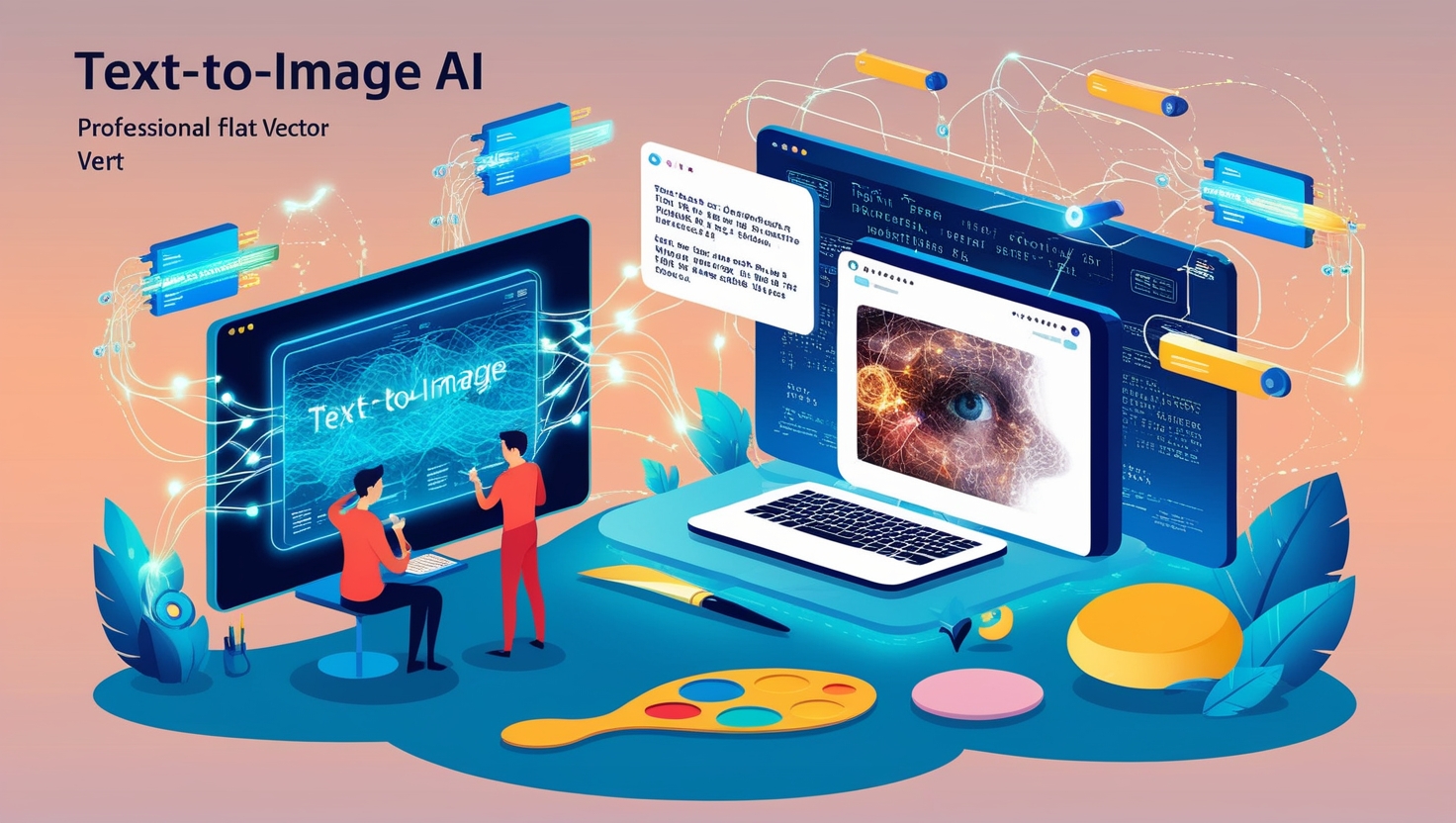
Strategic applications of technology drive innovation and efficiency across various industries, from healthcare to finance. Businesses leverage these advancements to optimise operations, enhance customer experiences, and gain a competitive edge.
Marketing and Advertising Implementation
Text-to-image AI is transforming visual content creation in marketing departments across sectors:
Campaign Visualisation and Testing:
- Rapidly prototype multiple visual approaches before committing to production
- A/B test different visual styles and concepts with minimal resource investment
- Explore seasonal variations of branded content efficiently
- Visualise concepts for client approval before expensive production
Content Marketing Acceleration:
- Generate unique featured images for blog posts and articles
- Create consistent visual themes across content series
- Develop social media image libraries aligned with campaign messaging
- Produce variations for different platforms and format requirements
Brand Asset Development:
- Generate background textures and patterns consistent with brand identity
- Create conceptual illustrations of abstract concepts related to brand values
- Develop visual metaphors for complex products or services
- Produce mood boards and stylistic direction for broader brand development
Implementation Case Study: A mid-sized financial services company leveraged text-to-image AI to generate conceptual illustrations for a 12-part educational content series. By developing a consistent prompt structure incorporating brand colours and visual style, they produced 60+ unique images at approximately 10% of the traditional cost, while reducing production time from weeks to days.
Design and Creative Professional Usage
For design professionals, text-to-image systems serve as collaborative tools that enhance workflow efficiency:
Concept Development Acceleration:
- Generate multiple design directions in early ideation phases
- Visualise client requirements for clearer communication
- Explore colour palettes and compositional approaches rapidly
- Create comprehensive mood boards for project direction
Production Asset Creation:
- Generate background elements and textures for composite designs
- Create custom illustration elements for marketing materials
- Develop environmental contexts for product photography
- Produce variation sets of similar design elements
Client Presentation Enhancement:
- Visualise concepts during client meetings for immediate feedback
- Present multiple design directions with consistent quality
- Demonstrate potential applications of approved concepts
- Create mockups showing implementation across platforms
Implementation Case Study: A design agency specialising in packaging created a custom-trained Stable Diffusion model incorporating their client’s brand elements and packaging shapes. This allowed designers to rapidly generate dozens of packaging concept variations for a new product line, leading to a 60% reduction in initial concept development time and allowing more comprehensive exploration of design possibilities.
Product Development and E-commerce
Text-to-image AI provides valuable tools throughout the product development lifecycle:
Concept Visualisation:
- Transform written product descriptions into visual concepts
- Explore design variations before physical prototyping
- Visualise products in different colours, materials, or configurations
- Create realistic mockups for stakeholder review
- Produce lifestyle imagery showing products in context
- Create seasonal variations of product photography
- Develop conceptual imagery illustrating product benefits
- Generate backgrounds and environments for product placement
Customer Experience Enhancement:
- Visualise customisation options for configurable products
- Create aspirational imagery showing product applications
- Develop visual guides and instructional imagery
- Generate complementary product suggestions in consistent styles
Implementation Case Study: An online furniture retailer implemented a Midjourney workflow to generate images of their products in various interior design styles. By combining existing product images with AI-generated room environments, they created a library of lifestyle imagery showing how products would look in different home styles—from Scandinavian minimalism to industrial loft aesthetics—increasing conversion rates by 23% through improved context visualisation.
Entertainment and Media Production
Creative industries are finding valuable applications in pre-production and concept development:
Concept Art and Visualisation:
- Generate environment concepts for film and game production
- Visualise character designs from written descriptions
- Create mood and lighting studies for scene development
- Explore visual styles before committing production resources
Storyboarding and Pre-visualisation:
- Transform script descriptions into visual references
- Explore camera angles and composition options
- Visualise special effects concepts
- Create rough animatics and sequence planning
Marketing and Promotional Materials:
- Generate key art concepts for marketing campaigns
- Create promotional visuals in various styles
- Develop social media content related to productions
- Produce concept posters and promotional imagery
Implementation Case Study: An independent game studio utilised Stable Diffusion with custom fine-tuning to generate concept art for environmental design. By creating a consistent visual style through careful prompt engineering and model training, they established a cohesive aesthetic for their game world while reducing concept art development time by approximately 60%, allowing their small team to compete with larger studios in visual quality.
Advanced Prompt Engineering Strategies
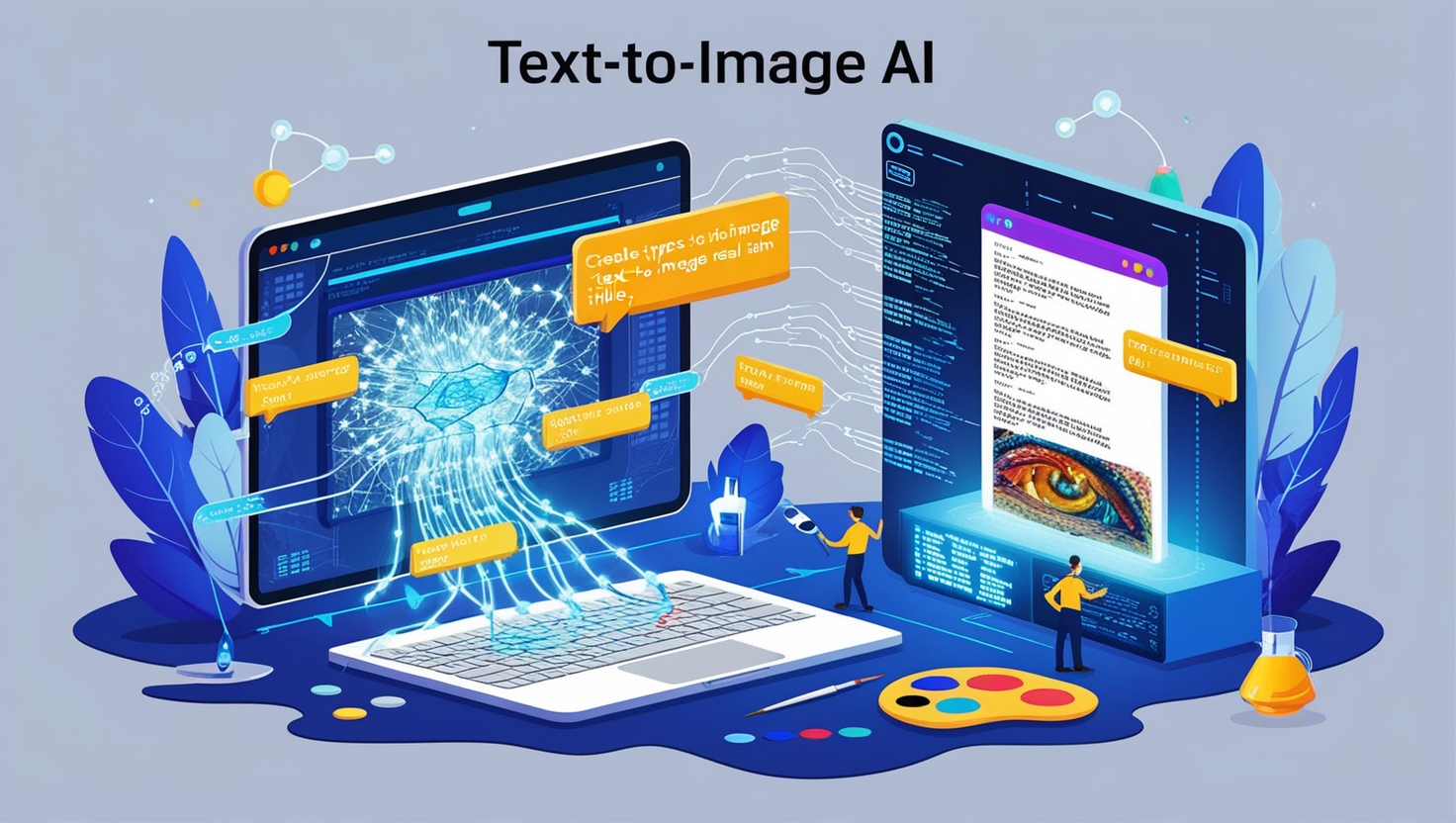
Advanced prompt engineering strategies refine AI outputs by optimising phrasing, structure, and contextual cues. Techniques like few-shot learning, iterative refinement, and constraint-based prompting enhance precision and relevance.
Structural Framework for Effective Prompts
Developing a systematic approach to prompt writing improves consistency and control:
Core Prompt Structure:
[Subject Description], [Style Reference], [Medium], [Lighting], [Composition], [Technical Parameters]
Component Breakdown:
- Subject Description: Detailed specification of main elements, including adjectives for texture, colour, and character
- Style Reference: Artistic influences, specific artists, or defined aesthetics (e.g., “cyberpunk,” “art deco,” “impressionist”)
- Medium: Physical or digital creation method (e.g., “oil painting,” “digital illustration,” “pencil sketch”)
- Lighting: Quality, direction, and colour of light (e.g., “dramatic side lighting,” “soft golden hour glow”)
- Composition: Framing, perspective, and spatial relationships (e.g., “wide-angle view,” “close-up portrait,” “birds-eye perspective”)
- Technical Parameters: Platform-specific parameters like aspect ratio, chaos value, or version number
Example Implementation:
A serene Japanese garden with maple trees and a small stone bridge over a koi pond, in the style of Studio Ghibli animation, digital illustration, soft diffused morning light with slight fog, wide composition showing the entire garden, –ar 16:9 –v 5 –style raw
Stylistic Control and Reference Techniques
Achieving consistent visual styles requires specific prompt approaches:
Artist and Movement References:
- Include specific artist names for distinctive styles: “in the style of Monet/Picasso/Mucha”
- Reference art movements for broader aesthetic guidance: “art nouveau style,” “cubist approach,” “pop art aesthetic”
- Combine multiple influences for hybrid styles: “blending impressionist brushwork with contemporary colour palettes”
Medium and Technique Specification:
- Define creation method for textural quality: “oil painting,” “watercolour,” “charcoal sketch”
- Specify technical approaches: “tilt-shift photography,” “long exposure,” “macro photography”
- Include material references: “gouache on textured paper,” “sculptural relief,” “stained glass”
Film and Photography References:
- Cinematographic references: “shot like a Wes Anderson film,” “noir cinematography,” “documentary style”
- Photography techniques: “analog film grain,” “Polaroid aesthetic,” “HDR photography”
- Time period references: “1980s fashion photography,” “Victorian portrait style,” “1970s advertisement”
Advanced Implementation: For maximum stylistic control, create a library of proven style prompts with consistent results. Test these separately before combining with subject matter, allowing systematic style application across different content needs.
Negative Prompting Techniques
Explicitly excluding unwanted elements often improves results significantly:
Common Negative Elements:
- Technical flaws: “blurry, pixelated, low quality, jagged edges, distorted proportions”
- Unwanted features: “text, watermarks, signatures, frames, borders”
- Anatomical issues: “deformed hands, extra fingers, asymmetrical features, uncanny valley”
- Compositional elements: “cluttered background, distracting elements, photobombing”
Platform-Specific Implementation:
- Midjourney: Use the –no parameter followed by excluded elements
- Stable Diffusion: Include negative prompts in separate section with varying implementations depending on interface
- Adobe Firefly: Use “Don’t Include” field for excluding specific elements
Strategic Application:
- Begin with minimal negative prompts and add specifically in response to issues
- Create standard negative prompt sets for different types of images (portraits, landscapes, product shots)
- Consider the balance between positive guidance and negative constraints
Advanced Technique: Implement weighted negative prompting by adjusting the emphasis placed on excluded elements. In some interfaces, this uses syntax like “blurry:1.5” to place stronger emphasis on avoiding specific problems.
Parameter and Settings Optimisation
Beyond text prompts, technical parameters significantly impact results:
Resolution and Aspect Ratio:
- Match output dimensions to intended use (social media, website headers, print materials)
- Consider composition when selecting aspect ratios (landscape for environments, portrait for character design)
- Balance higher resolution with generation time and cost considerations
Sampling Methods and Steps:
- Higher step counts generally produce more detailed results at the cost of generation time
- Different samplers produce different aesthetic qualities (DPM++ for detail, Euler a for creative interpretation)
- Experiment with batch parameters to generate multiple variations efficiently
Seed Management:
- Save seeds from successful generations to maintain consistency
- Use fixed seeds when generating related images requiring consistent elements
- Systematically vary parameters while maintaining seed values for controlled experimentation
Advanced Implementation Strategy: Develop a systematic testing protocol when beginning new projects. Create a matrix of parameter combinations with controlled variables to identify optimal settings for specific requirements before proceeding to production work.
Workflow Integration and Production Techniques
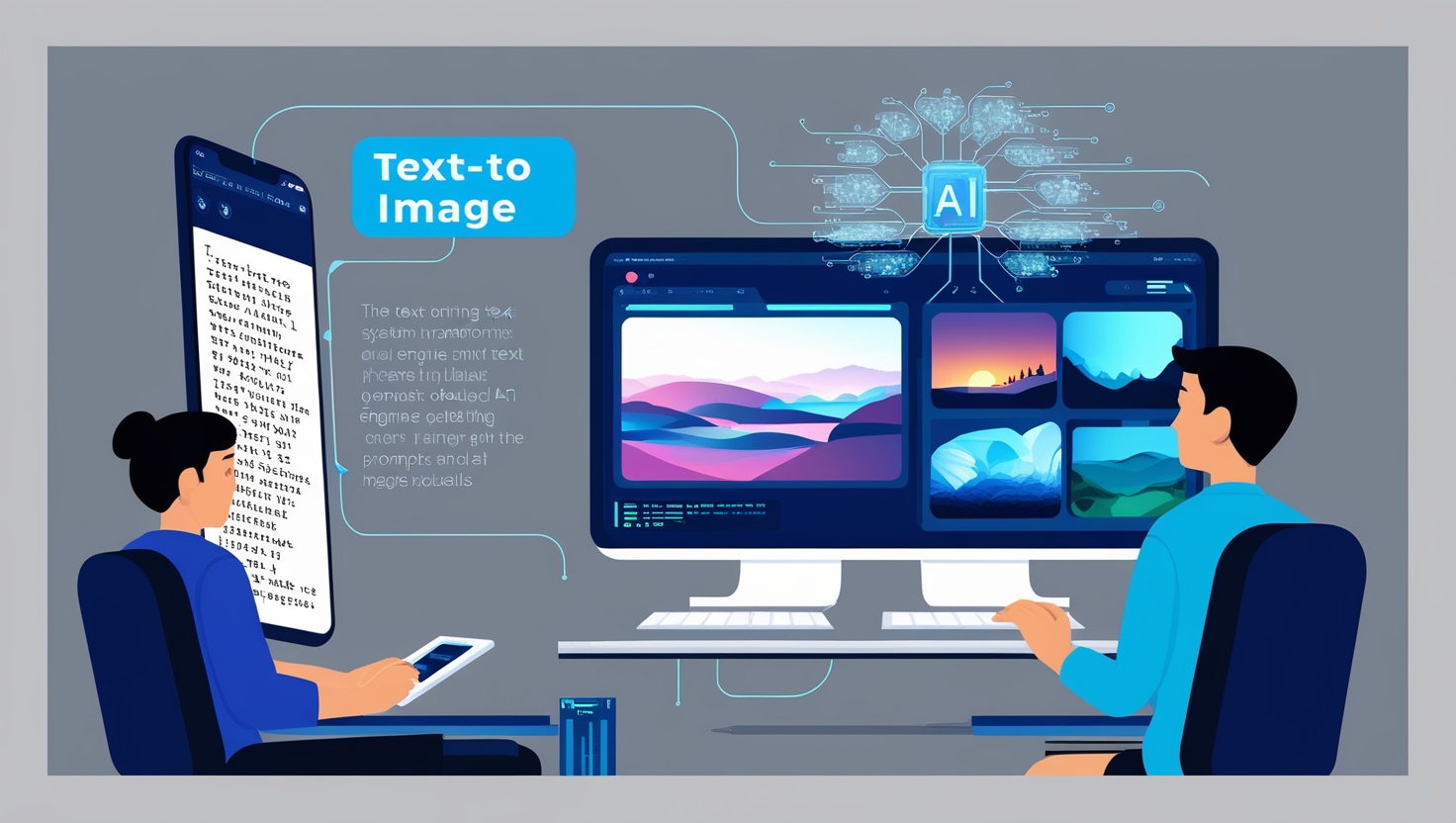
Effective workflow integration and production techniques streamline AI adoption, ensuring seamless automation and efficiency. Strategies include API integration, model fine-tuning, and continuous monitoring for optimal performance.
Integration with Professional Design Tools
Maximising value requires thoughtful incorporation into existing creative workflows:
Adobe Creative Cloud Workflow:
- Generate base images or elements through text-to-image systems
- Import into Photoshop for composition, refinement, and precision editing
- Apply brand colours, typography, and design standards
- Finalise with appropriate export settings for intended usage
3D and Game Design Pipeline:
- Generate concept art and texture references with text-to-image AI
- Create texture maps and material references for 3D assets
- Develop environment mood boards and lighting references
- Produce marketing and promotional visuals consistent with game assets
UI/UX Design Implementation:
- Generate background textures and decorative elements
- Create placeholder imagery during prototyping phases
- Develop icon and button style references
- Produce consistent visual elements across application screens
Implementation Framework: Establish clear handoff points between AI generation and human refinement. Determine which elements are best generated by AI (backgrounds, textures, initial concepts) versus those requiring precise human creation (logos, text elements, key brand components).
Post-Processing and Enhancement Techniques
AI-generated images often benefit from additional refinement:
Technical Quality Enhancement:
- Adjust resolution through AI upscaling tools like Topaz Gigapixel
- Correct minor distortions or artefacts with healing and clone tools
- Enhance sharpness and detail in focal areas
- Adjust colour balance and saturation for print or digital requirements
Brand Alignment Modifications:
- Replace colours with exact brand palette specifications
- Add or modify elements to align with brand guidelines
- Ensure consistent lighting and style across multiple generated assets
- Integrate approved fonts and text elements
Composite Development:
- Generate separate elements (background, foreground, characters) individually
- Assemble in layers for maximum control over relationships
- Adjust lighting and shadows for cohesive integration
- Apply consistent post-processing across combined elements
Advanced Technique: Develop component-based generation strategies where complex images are broken down into separately generated elements, each with optimised prompts. These components can then be composited with precise control, achieving results difficult to obtain in a single generation.
Batch Production and Asset Management
Efficient workflows for managing multiple generated assets:
Systematic Generation Approach:
- Develop template prompts with standardised structure and variables
- Create script-based generation for large asset volumes
- Implement naming conventions reflecting content and parameters
- Track generation settings for reproducibility and iteration
Version Control and Organisation:
- Establish folder structures separating raw generations from refined assets
- Maintain prompt libraries with tags and categories
- Document successful parameter combinations for future reference
- Create searchable metadata for large asset collections
Approval and Selection Process:
- Implement rating systems for evaluating generated options
- Develop criteria matrices matching business objectives to visual qualities
- Create presentation templates for client or stakeholder review
- Document feedback and iteration history
Implementation Case Study: A content marketing agency developed a standardised workflow generating 20 concept images for each blog post, followed by a structured selection process reducing to 5 candidates for client review, and finally producing 3 finished versions with appropriate crops for different platforms. This systematic approach reduced production time by 70% while maintaining consistent quality and brand alignment.
Ethical Considerations and Risk Management
Ethical considerations and risk management in AI focus on fairness, transparency, and accountability to prevent bias and misuse. Implementing robust guidelines, auditing systems, and compliance measures ensures responsible deployment.
Copyright and Intellectual Property
Understanding the complex legal landscape surrounding AI-generated imagery:
Training Data Considerations:
- AI models trained on copyrighted works raise complex legal questions
- Different platforms take varying approaches to training data sourcing
- Some models (like Adobe Firefly) emphasise training on licensed or public domain content
- Legal precedents regarding AI-generated content remain limited and evolving
Usage Rights and Licensing:
- Review platform terms of service regarding ownership of generated images
- Consider different licensing requirements for commercial versus personal use
- Understand attribution requirements where applicable
- Evaluate potential risks based on intended usage and visibility
Risk Mitigation Strategies:
- Select platforms with clear commercial licensing terms for business applications
- Avoid direct recreation of copyrighted works or specific artistic styles
- Maintain documentation of generation process and subsequent modifications
- Consider legal review for high-profile or sensitive commercial applications
Platform-Specific Approaches:
- Adobe Firefly emphasises commercial safety with training on licensed content
- Midjourney offers commercial usage rights with appropriate subscription tiers
- Stable Diffusion variants have different training approaches and associated risks
- Some specialised models may have specific restrictions or safeguards
Brand Protection and Consistency
Maintaining brand integrity when incorporating AI-generated assets:
Style Guide Compliance:
- Develop prompt templates incorporating brand colour references and aesthetic guidelines
- Create custom fine-tuned models trained on brand-approved imagery
- Establish review processes ensuring alignment with brand standards
- Document approved stylistic approaches for consistent implementation
Quality Control Frameworks:
- Implement multi-stage review processes for AI-generated assets
- Develop checklists specific to brand requirements and common AI limitations
- Create comparison protocols against traditional brand assets
- Establish clear approval chains for generated content
Risk Assessment Considerations:
- Evaluate sensitivity of different brand applications
- Consider graduated approaches based on content visibility and importance
- Develop contingency plans for addressing potential issues
- Balance innovation with brand protection based on organisational culture
Implementation Strategy: Develop a tiered approach to AI asset usage, beginning with lower-risk applications (internal presentations, concept development) before progressing to customer-facing materials. Document successes and establish brand-specific best practices before widespread implementation.
Transparency and Disclosure
Building trust through appropriate communication about AI usage:
Audience Communication Approaches:
- Consider appropriate disclosure of AI involvement in creative processes
- Develop messaging explaining how AI enhances rather than replaces human creativity
- Address potential concerns proactively through educational content
- Highlight the human curation and refinement involved in final assets
Industry Specific Considerations:
- Journalistic and documentary contexts may require stricter disclosure standards
- Creative and entertainment applications may have different audience expectations
- Commercial and marketing contexts have evolving standards regarding AI disclosure
- Educational content may require clarity about AI involvement
Emerging Best Practices:
- Content credentials and metadata standards for identifying AI-generated content
- Watermarking and verification technologies for authentication
- Clear attribution in appropriate contexts
- Transparent communication about creative processes
Strategic Approach: Focus on the value delivered to audiences rather than the tools used. When disclosure is appropriate, frame AI as one of many tools in the creative process, emphasising how it enhances human creativity rather than replacing it.
Building Expertise Through Structured Experimentation
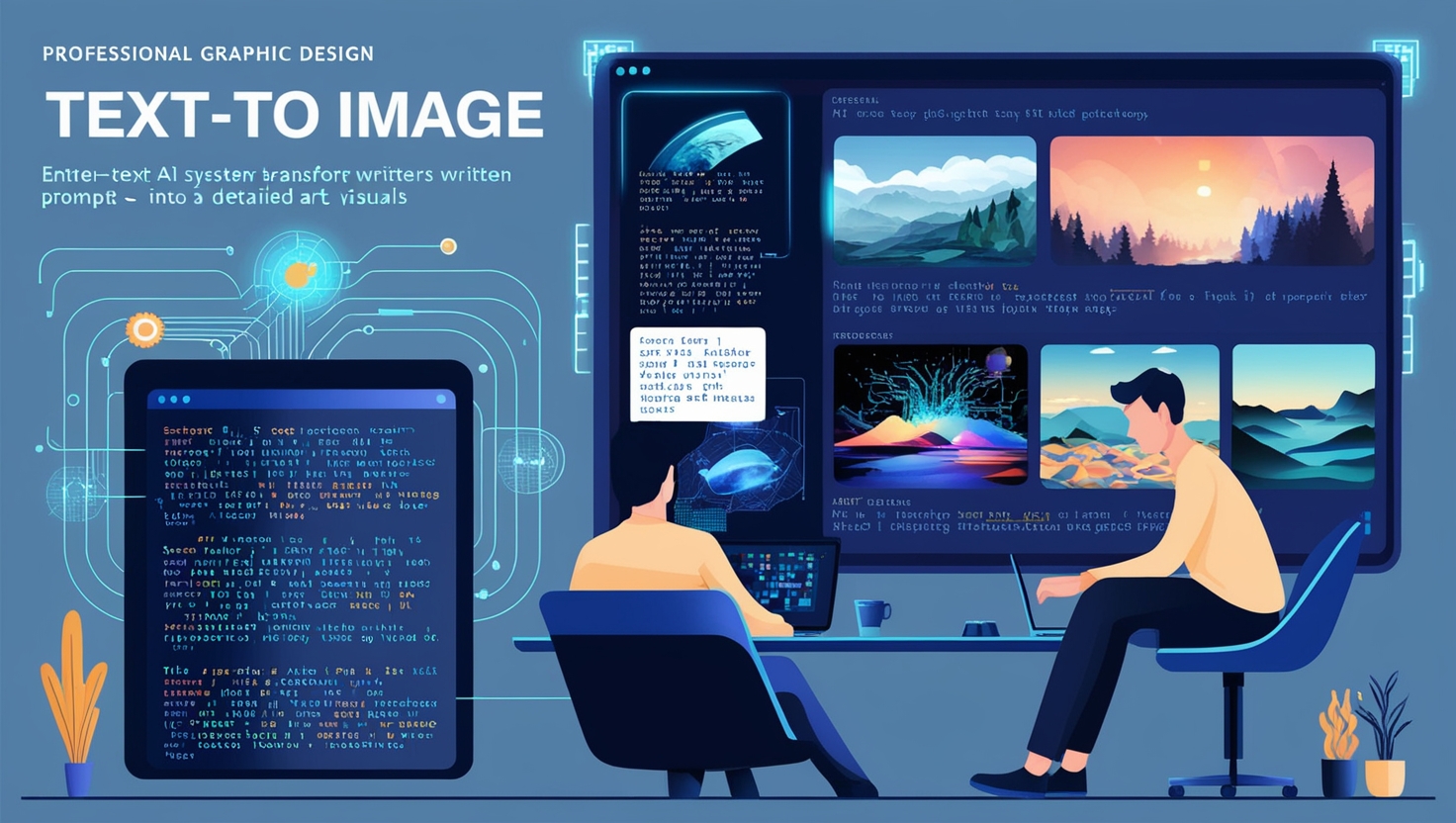
Building expertise through structured experimentation involves iterative testing, data-driven analysis, and refining methodologies. This approach enhances problem-solving skills, fosters innovation, and ensures continuous improvement.
Systematic Learning Approach
Developing organisational capability requires deliberate practice:
Skill Development Framework:
- Begin with structured tutorials and proven prompt templates
- Progress through increasingly complex generation challenges
- Document successes, failures, and learnings systematically
- Develop internal knowledge-sharing mechanisms
Experimental Design Process:
- Test single variables while controlling others
- Create comparison matrices for different platforms and approaches
- Develop hypothesis-driven experiments with clear evaluation criteria
- Build libraries of successful techniques with contextual documentation
- Participate in platform-specific user communities
- Follow technical developments and emerging techniques
- Contribute to knowledge sharing within industry groups
- Establish connections with others in similar application areas
Implementation Strategy: Allocate specific time for experimentation separate from production requirements. Create a structured learning curriculum for team members with different specialisations, focusing on applications most relevant to their work.
Advanced Technique Development
Moving beyond basic usage to sophisticated implementation:
Custom Model Training:
- Collect and curate training images for specific styles or subjects
- Implement LoRA (Low-Rank Adaptation) or Dreambooth fine-tuning
- Develop textual inversion embeddings for consistent elements
- Test and refine custom models through systematic evaluation
Automation and Scripting:
- Create API-based workflows for high-volume generation
- Develop custom interfaces for specific business needs
- Implement batch processing and filtering systems
- Integrate with broader content management systems
Multi-Platform Synergy:
- Identify comparative strengths of different platforms
- Develop workflows leveraging complementary capabilities
- Create integration points between generation systems
- Establish evaluation frameworks for platform selection
Implementation Case Study: A fashion e-commerce company developed a custom-trained model specialising in consistent product visualisation. By fine-tuning Stable Diffusion on their existing product photography, they created a system capable of generating new products in consistent styles, allowing designers to visualise concepts before physical sampling and reducing development cycles by 40%.
Future Developments and Strategic Positioning
Future developments in AI and technology will shape competitive landscapes, requiring businesses to adapt proactively. Strategic positioning through innovation, market analysis, and agility ensures long-term success.
Emerging Technological Trends
Anticipating developments to maintain competitive advantage:
Higher Resolution and Quality:
- Models capable of professional print-quality output
- Improved handling of fine details and textures
- Better management of complex scenes and compositions
- Enhanced photorealism with accurate physics and lighting
Expanded Creative Control:
- More precise positioning and relationship control
- Advanced composition and layout capabilities
- Enhanced stylistic consistency across generations
- Better handling of text elements and typography
Multi-Modal Integration:
- Seamless combination of text, image, and potentially audio generation
- Integration with 3D and video generation capabilities
- Cross-platform consistency in creative applications
- Unified interfaces spanning multiple generation types
Accessibility Improvements:
- Simplified interfaces requiring less technical knowledge
- More intuitive visual controls alongside text prompts
- Improved natural language understanding for prompts
- Democratised access to advanced techniques
Strategic Preparation for Organisations
Positioning for continued advantage as technology evolves:
Skills Development Planning:
- Identify core competencies required for future implementation
- Develop training pathways for relevant team members
- Balance specialisation and cross-functional capabilities
- Create knowledge management systems for organisational learning
Workflow Integration Strategy:
- Assess current creative processes for AI enhancement opportunities
- Develop modular approaches allowing technology substitution
- Create measurement frameworks for evaluating implementation success
- Build flexible systems adaptable to emerging capabilities
Ethical and Brand Frameworks:
- Establish principles guiding appropriate technology application
- Develop decision-making processes for implementation choices
- Create monitoring systems for evolving best practices
- Build stakeholder education materials explaining approaches
Implementation Roadmap:
- Begin with low-risk, high-value applications
- Develop proof-of-concept projects demonstrating potential
- Implement staged rollout with clear success metrics
- Create feedback mechanisms ensuring continuous improvement
The Balanced Perspective: Human Creativity Enhanced by AI
Text-to-image AI represents one of the most significant transformations in visual creation since the digital revolution. These tools are fundamentally changing who can create visual content, how quickly ideas can be visualised, and what’s possible with limited resources. However, the most successful implementations recognise that these systems are tools to enhance human creativity rather than replace it.
The most compelling applications combine the strengths of both approaches: AI’s speed, variety, and pattern recognition capabilities paired with human judgement, contextual understanding, and strategic thinking. By viewing these systems as creative collaborators—handling technical execution while humans direct intention, meaning, and purpose—organisations can achieve results that would be impossible through either approach alone.
As these technologies continue to mature, the distinction between AI-generated and traditionally produced imagery will become increasingly fluid. What will remain constant is the need for thoughtful application, ethical consideration, and genuine connection with audiences. By focusing on these enduring principles while embracing technological innovation, visual creators can navigate this transformative period successfully—producing imagery that informs, inspires, and engages in powerful new ways.
